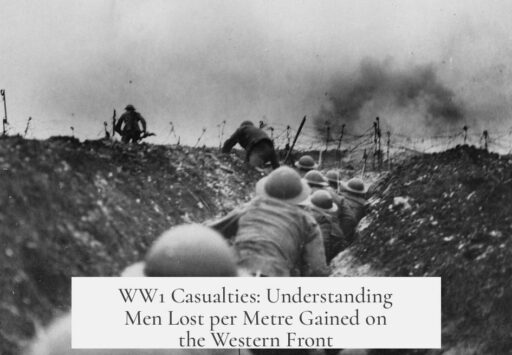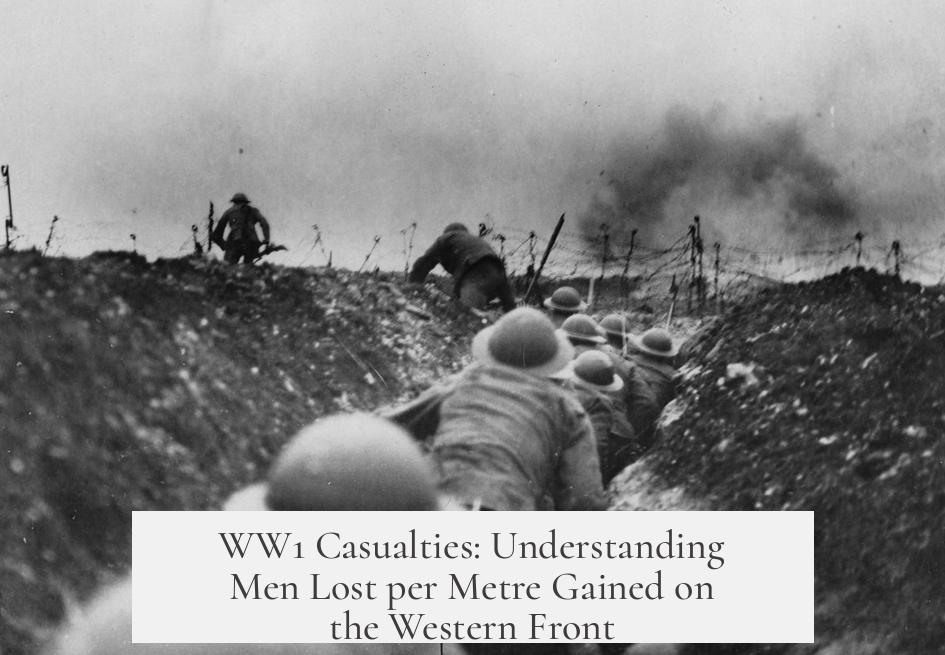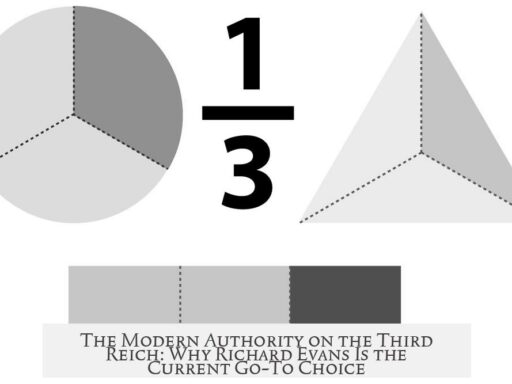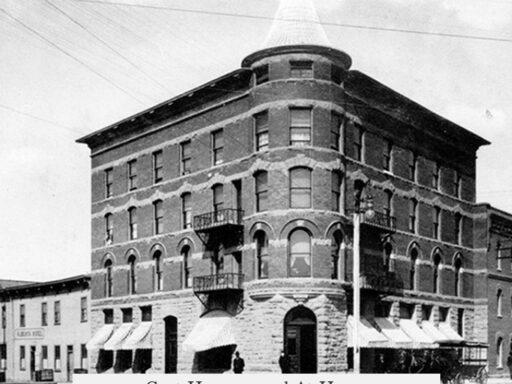Approximately 30 men died or went missing for every metre of ground gained during the Somme offensive on the Western Front in World War I.
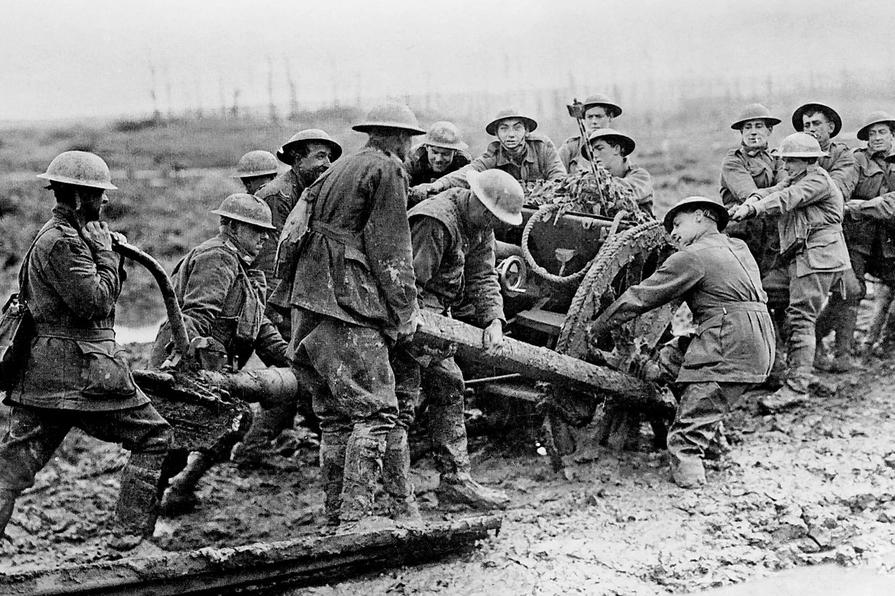
The Western Front saw enormous casualties from 1914 to 1918. The British Empire lost over 900,000 men, mostly dead or missing on this front. France suffered about 1,150,000 military deaths, primarily on the Western Front. Germany lost around 2 million soldiers total, with roughly three-quarters of these fatalities occurring on the Western Front. Belgium experienced approximately 40,000 military deaths.
The Battle of the Somme, one of the deadliest battles, lasted 141 days. Allied forces lost 131,000 soldiers killed or missing, while German forces lost 162,000 over the same period. The combined total casualties reached 293,000.
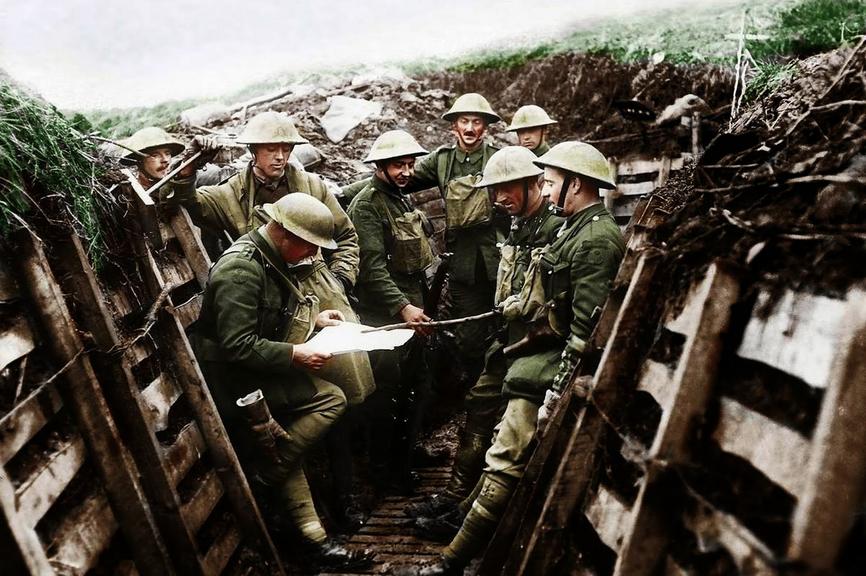
The Somme offensive resulted in a penetration of nearly 9.7 kilometers (9,700 meters) into the German defensive lines in Picardy. This ground gained was strategically significant, forcing the Germans to retreat to the Hindenburg Line in February 1917. By doing so, the Germans shortened the Western Front by about 40 to 45 kilometers to avoid costly engagements similar to the Somme.
| Metric | Value |
|---|---|
| Combined Casualties (Allied + German) | 293,000 soldiers |
| Ground Gained | 9,700 meters (9.7 km) |
| Men Dead/Missing per Meter Gained | ~30.2 men |
This figure demonstrates the brutal nature of trench warfare. Gaining a single metre of territory required enormous loss of life. Such high casualty rates underscore the limited tactical gains relative to human cost. The Somme remains a symbol of the attritional warfare characteristic of the Western Front.
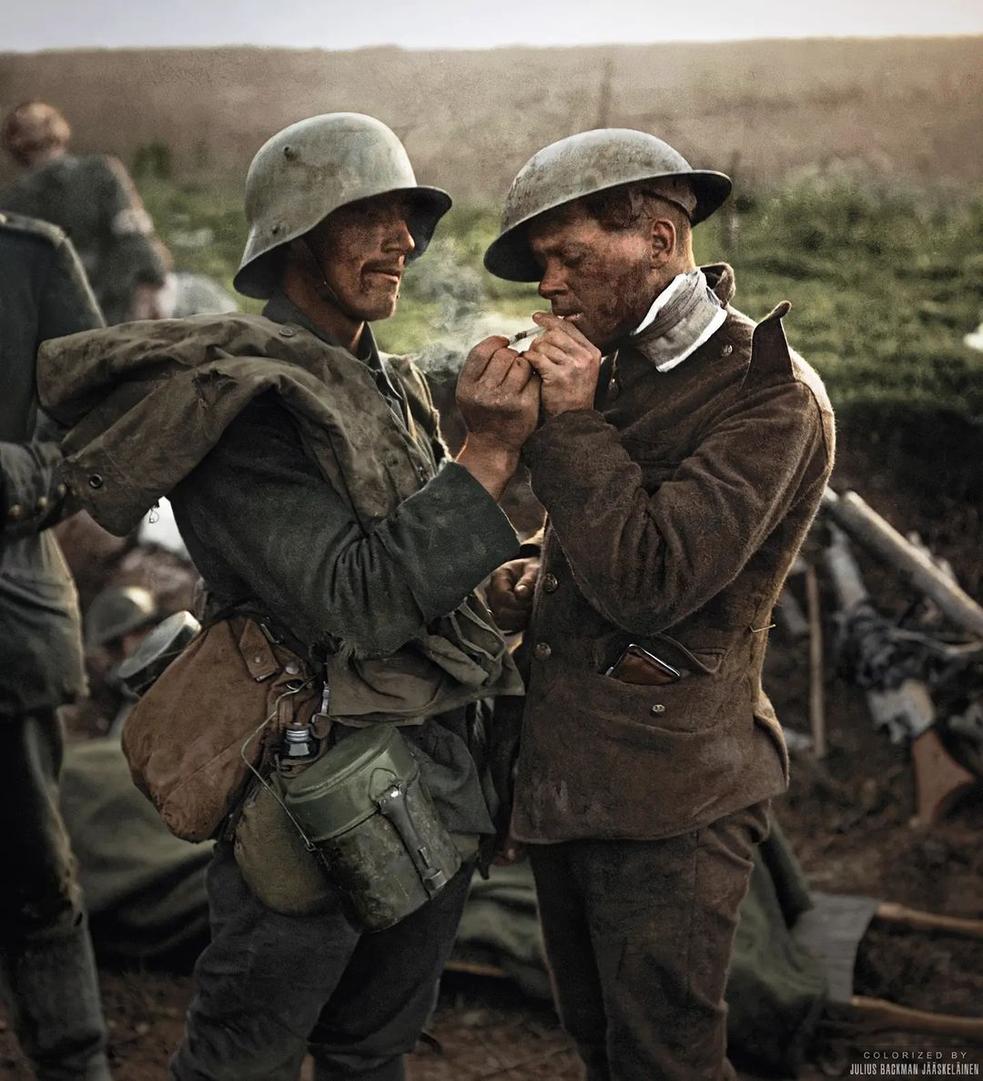
- The Somme battle’s 293,000 casualties delivered a 9.7 km ground gain.
- Approximately 30 men died or were missing for each meter gained.
- German retreat to the Hindenburg Line shortened the front by 40-45 km.
- High casualties reflect the deadly stalemate of trench warfare on the Western Front.
WW1: How Many Men Died Per Metre of Ground Gained on the Western Front?
Let’s get straight to it: during the Somme offensive on the Western Front, roughly 30 men died or went missing for every metre of ground gained. That’s a sobering statistic that captures the brutal reality of trench warfare during World War 1. But how did historians arrive at this chilling figure? And what does it really tell us about the nature of combat in this terrible war? Let’s dive in.
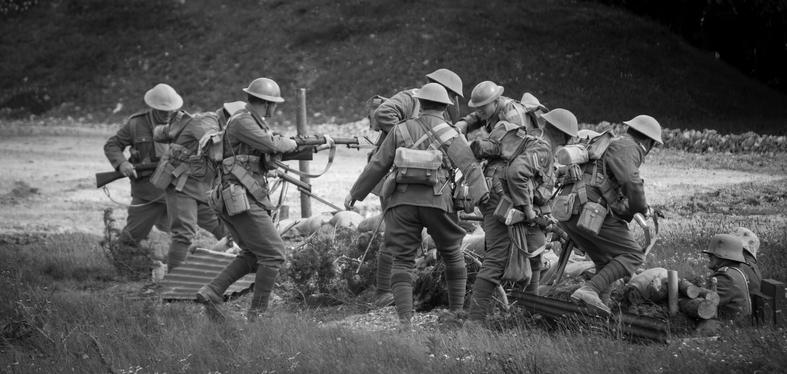
The Western Front is infamous for endless, grinding battles where armies clawed forward mere metres at a time, at a devastating human cost. The Somme offensive (July to November 1916) is often used as a grim benchmark for these casualties. It lasted 141 days — just under five months of non-stop carnage.
So, what were the numbers?
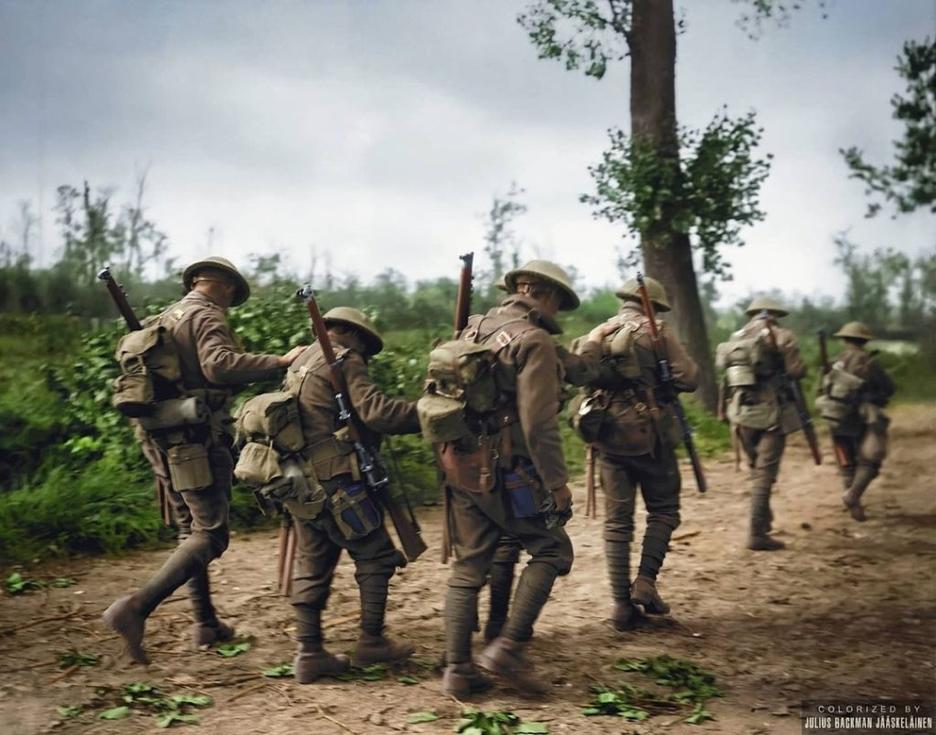
- The Allies (mainly British and French) suffered around 131,000 dead or missing.
- The Germans lost about 162,000 soldiers killed or missing.
- The ground penetrated into the German defensive lines was about 9.7 kilometres, or 9,700 metres.
Crunching the numbers, historians find:
Total casualties (Allies + Germans) = 293,000. Ground gained = 9,700 metres. Men dead per metre gained = 293,000 ÷ 9,700 ≈ 30.2 men.
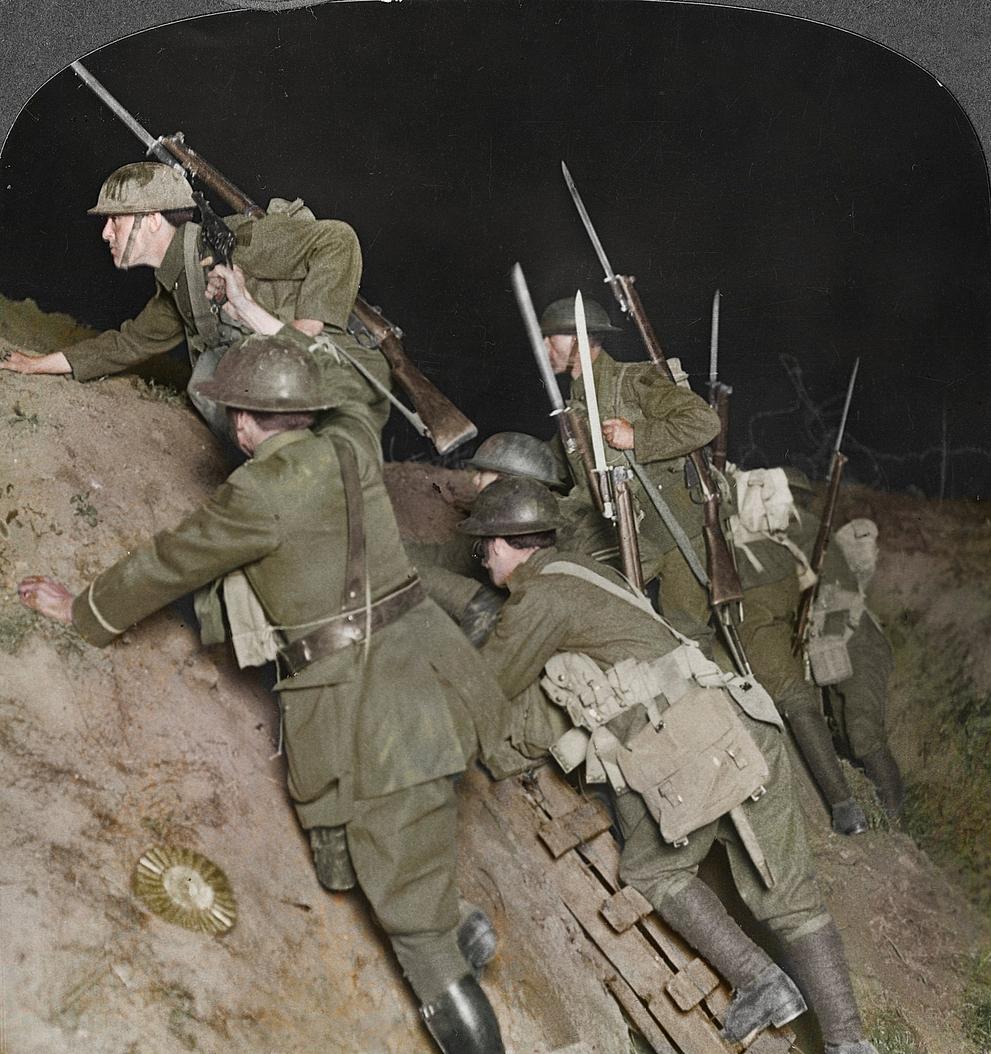
Thirty men per metre sounds like a grim statistic. It *is* grim. It reveals the heavy price paid for what looks like tiny shifts of territory on a map.
The Bigger Picture: Casualties on the Western Front
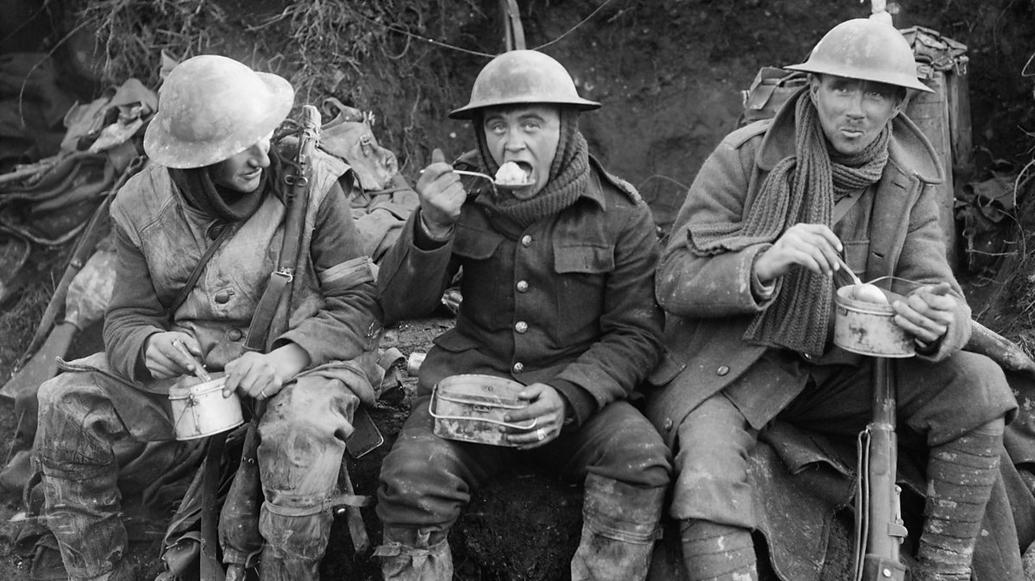
Numbers from Somme represent just a slice of the total loss. The Western Front left scars on a colossal scale:
- British Empire: Over 900,000 dead or missing, mostly there.
- Belgium: Approximately 40,000 military dead.
- France: 1,150,000 military dead, predominantly on the Western Front.
- Germany: 2 million military dead in total, with about three-quarters on the Western Front.
Astonishingly, these staggering losses often resulted in only small net ground changes. The Somme illustrates this starkly but was hardly unique.
Why Such High Casualty Rates for So Little Ground?
The Western Front locked opposing armies in a deadly stalemate. Defensive technology—machine guns, barbed wire, artillery—favored the defender. To gain ground, attackers had to cross open no-man’s land toward well-fortified trenches, inviting relentless fire.
Here’s the grim truth: every metre meant wave after wave of infantry exposed to lethal fire. Soldiers often became cannon fodder, and tactical advances demanded crushing sacrifices. The Somme’s 30 men per metre underline this brutal math.
Strategic Impacts of the Somme’s Gains
Despite the horror, the Somme offensive forced strategic shifts. The Germans eventually retreated to the Hindenburg Line in early 1917—a new fortified position designed to shorten their Western Front by about 40-45 kilometres.
This shortening helped the Germans avoid battles as costly as the Somme. It shows that even these small territorial gains had operational significance by allowing the Allies to push the enemy into more defensible positions, straining German resources and morale. However, this came at a heart-wrenching price measured in human lives.
So, How Should We Interpret “30 Men per Metre”?
It’s a stark metric that combines numbers with human tragedy. It’s easy to lose sight of individual lives amid statistics. Each ‘metre’ gained wasn’t just soil, but lives lost—sons, brothers, friends. Yet, amid this brutal calculus, the Allies persisted, driven by strategic goals, duty, and sometimes sheer desperation.
For those studying military history, this figure encapsulates the futility and horror of trench warfare. It’s a clear reminder of the costs of such conflicts and the challenges commanders faced trying to balance armies’ lives with gaining inches on a deadly battlefield.
Lessons from History: What Can We Learn?
- Appreciate Human Cost: Numbers are not just statistics but represent real sacrifices.
- Understand Technology’s Role: Defensive tech shaped the battle’s deadly dynamics.
- Recognize Strategic Complexity: Small ground gains can influence larger operational outcomes.
- Remember to Question: How do leadership and tactics evolve to reduce casualties in warfare?
Today, the story of 30 men per metre gained reminds us why efforts toward conflict resolution and peace are so vital. It challenges us to question the wisdom of costly offensives and rethink approaches to warfare.
Final Thoughts
The Somme offensive’s harrowing death toll, averaging about 30 men for every metre gained, stands out as a stark testament to WW1’s brutal nature. This metric helps frame the immense human cost behind even the smallest tactical advances on the Western Front.
What does this teach modern readers? War is not just about strategy and maps; it’s about human lives, sacrifice, and resilience. Understanding these facts grants us deeper respect for those who endured such horrors and the importance of striving for peace.
So next time you glance at a history book’s map of WW1, think about the lives behind that slender red line of territory gained—about 30 men for every metre. That’s the price of progress in trench warfare.
